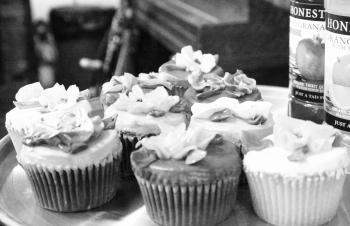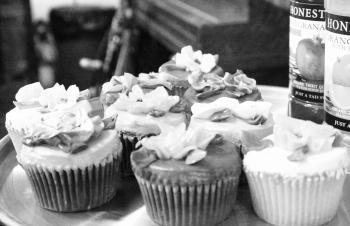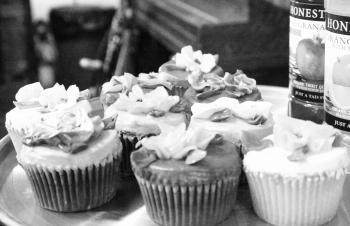NEW YORK—The most popular legend for the origin of “Hell’s Kitchen,” the west side Manhattan neighborhood, features two police officers, one a veteran and one a rookie, who were on duty on 10th Avenue in 1881.
At that time the region was rampant with violence and police wouldn’t dare step foot inside it alone. The two cops were standing aside watching a riot. “This place is hell,” the rookie commented, to which the veteran cop said “No, this place is hotter. This is hell’s kitchen.”
Intrigued with Hell’s Kitchen’s food, culture and history, I set off on a journey down 9th Avenue through the heart of Hell’s Kitchen, encompassing the area from about 34th St. to 59th St. and from 8th Ave. to the Hudson River, it is home to a wide variety of ethnic food and enjoys a colorful history of immigrants, actors, and musicians.






